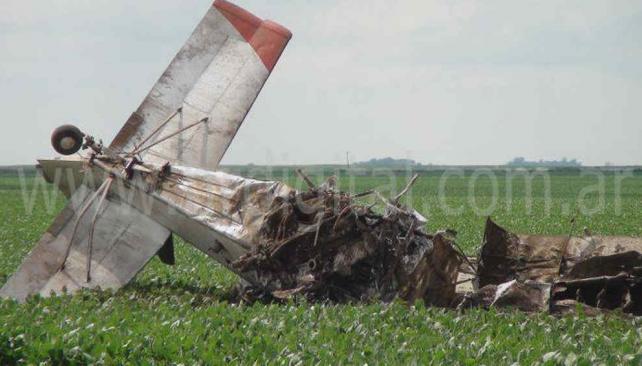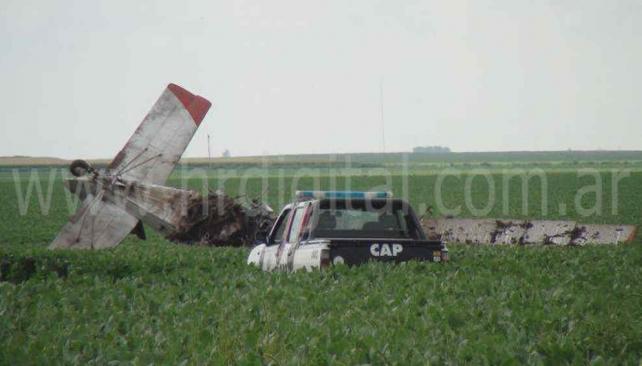Se estrelló un ATR-42 de una empresa en Taipei, Taiwán. Hay un video tomado desde un auto muy interesante.
http://avherald.com/h?article=48145bb3&opt=0
El avión tenía menos de un año de nuevo y estaba despegando de lo que sería el Aeroparque de esa ciudad. Aunque es un aeropuerto donde operan normalmente Airbus A320 y ocacionalmente A330.
Con el B747-400 podíamos tenerlo como alternativa, pero sólo podía aceptar en forma programada no mas de dos de estos aviones por razones de espacio en las plataformas.
http://avherald.com/h?article=48145bb3&opt=0
El avión tenía menos de un año de nuevo y estaba despegando de lo que sería el Aeroparque de esa ciudad. Aunque es un aeropuerto donde operan normalmente Airbus A320 y ocacionalmente A330.
Con el B747-400 podíamos tenerlo como alternativa, pero sólo podía aceptar en forma programada no mas de dos de estos aviones por razones de espacio en las plataformas.














